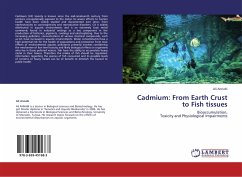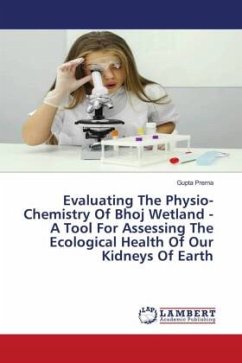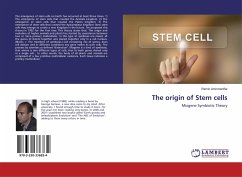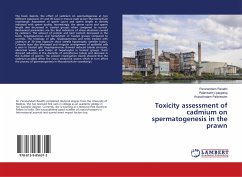Cadmium (Cd) toxicity is known since the mid-nineteenth century from workers occupationally exposed to the metal. Its severe effects to human health have been widely studied and documented ever since, from nephrotoxicity to carcinogenicity and reproductive disorders. Cd is widely distributed in aquatic environments and is an extremely toxic metal commonly found in industrial settings as a key component in the production of batteries, pigments, coatings and electroplating. Due to the increasing pollution, concentrations of various chemical compounds, such as Cd, have increased in aquatic environments. Water contaminants have a high potential risk for the health of populations and protection from toxic effects of environmental aquatic pollutants primarily involves considering the mechanism of low level toxicity and likely biological effects in organisms who live in these polluted waters. Fish have the ability to accumulate heavy metal in their tissues. Therefore the intake of fish should be regulated; information regarding the species of fish consumed and its possible levels of content of heavy metals can be of benefit to diminish the hazard to public health.
Bitte wählen Sie Ihr Anliegen aus.
Rechnungen
Retourenschein anfordern
Bestellstatus
Storno








